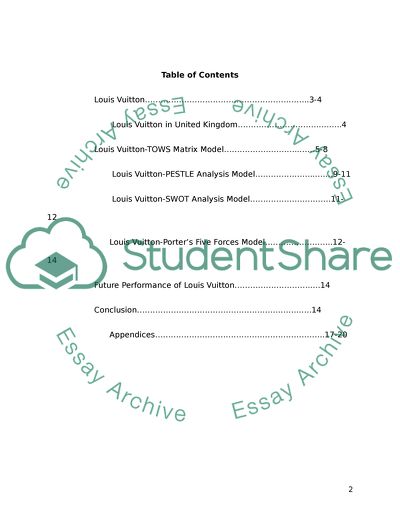Cite this document
(“Case Study Report LVMH in UK Essay Example | Topics and Well Written Essays - 3250 words”, n.d.)
Retrieved from https://studentshare.org/environmental-studies/1405889-case-study-report-lvmh-in-uk
Retrieved from https://studentshare.org/environmental-studies/1405889-case-study-report-lvmh-in-uk
(Case Study Report LVMH in UK Essay Example | Topics and Well Written Essays - 3250 Words)
https://studentshare.org/environmental-studies/1405889-case-study-report-lvmh-in-uk.
https://studentshare.org/environmental-studies/1405889-case-study-report-lvmh-in-uk.
“Case Study Report LVMH in UK Essay Example | Topics and Well Written Essays - 3250 Words”, n.d. https://studentshare.org/environmental-studies/1405889-case-study-report-lvmh-in-uk.


